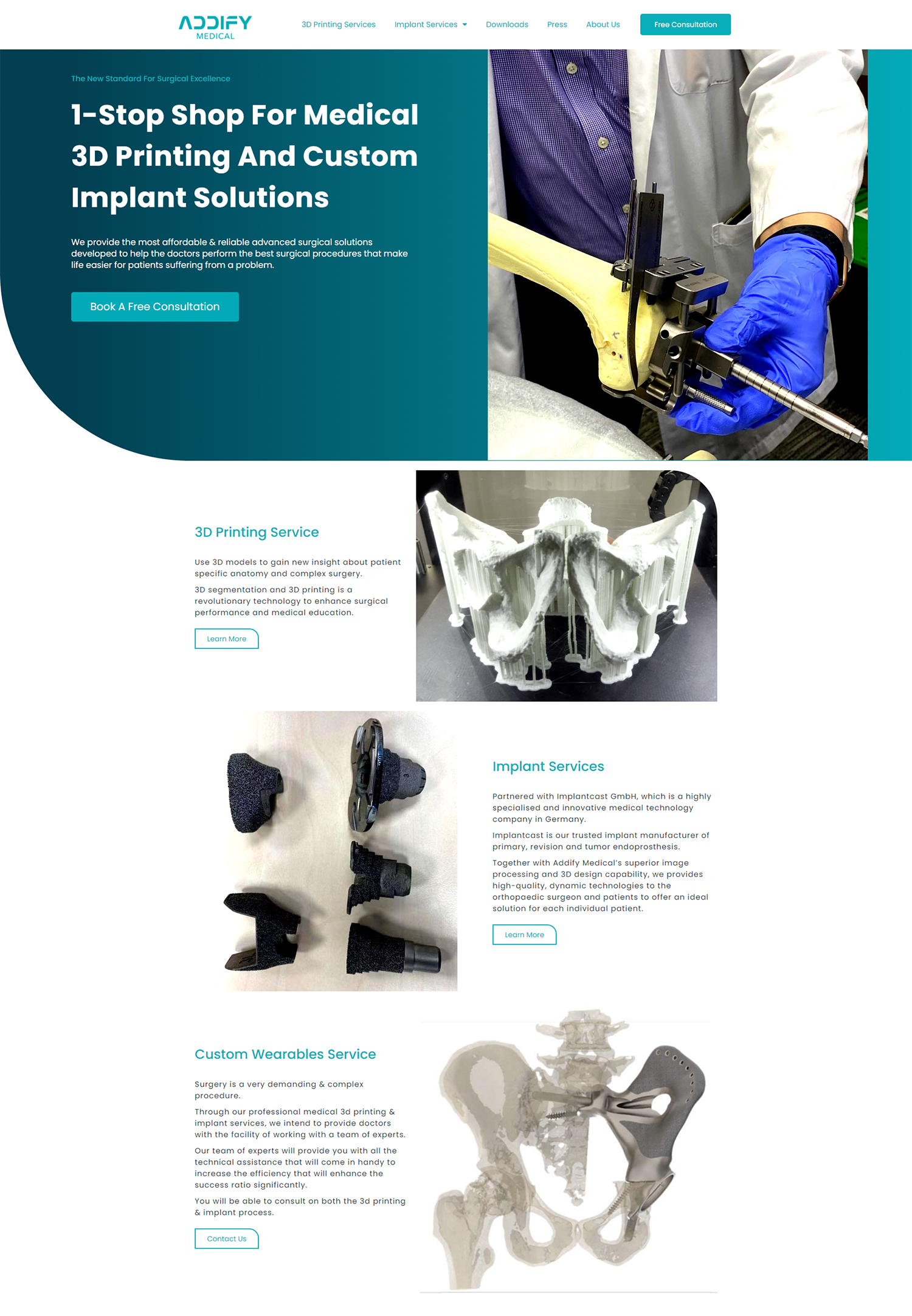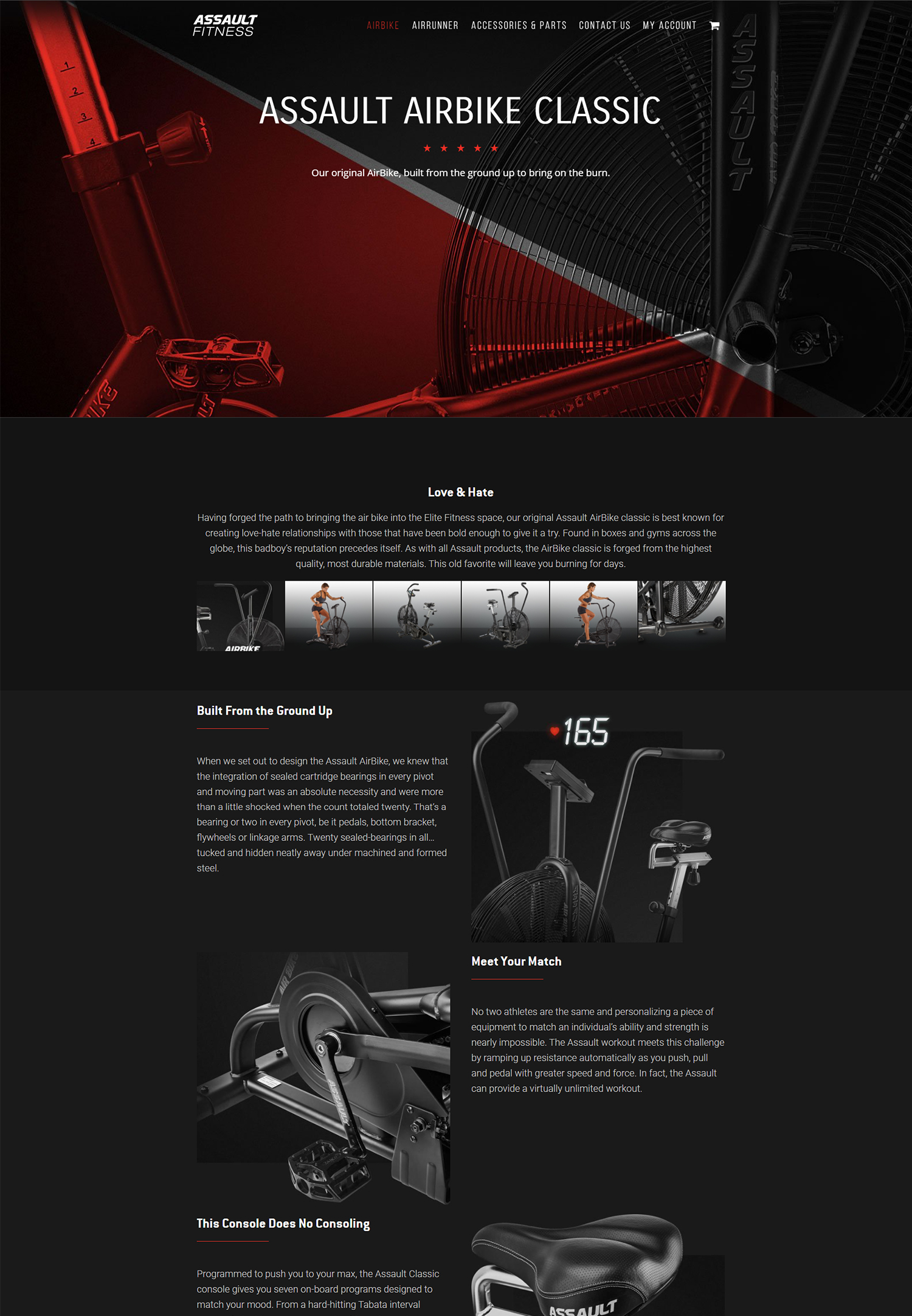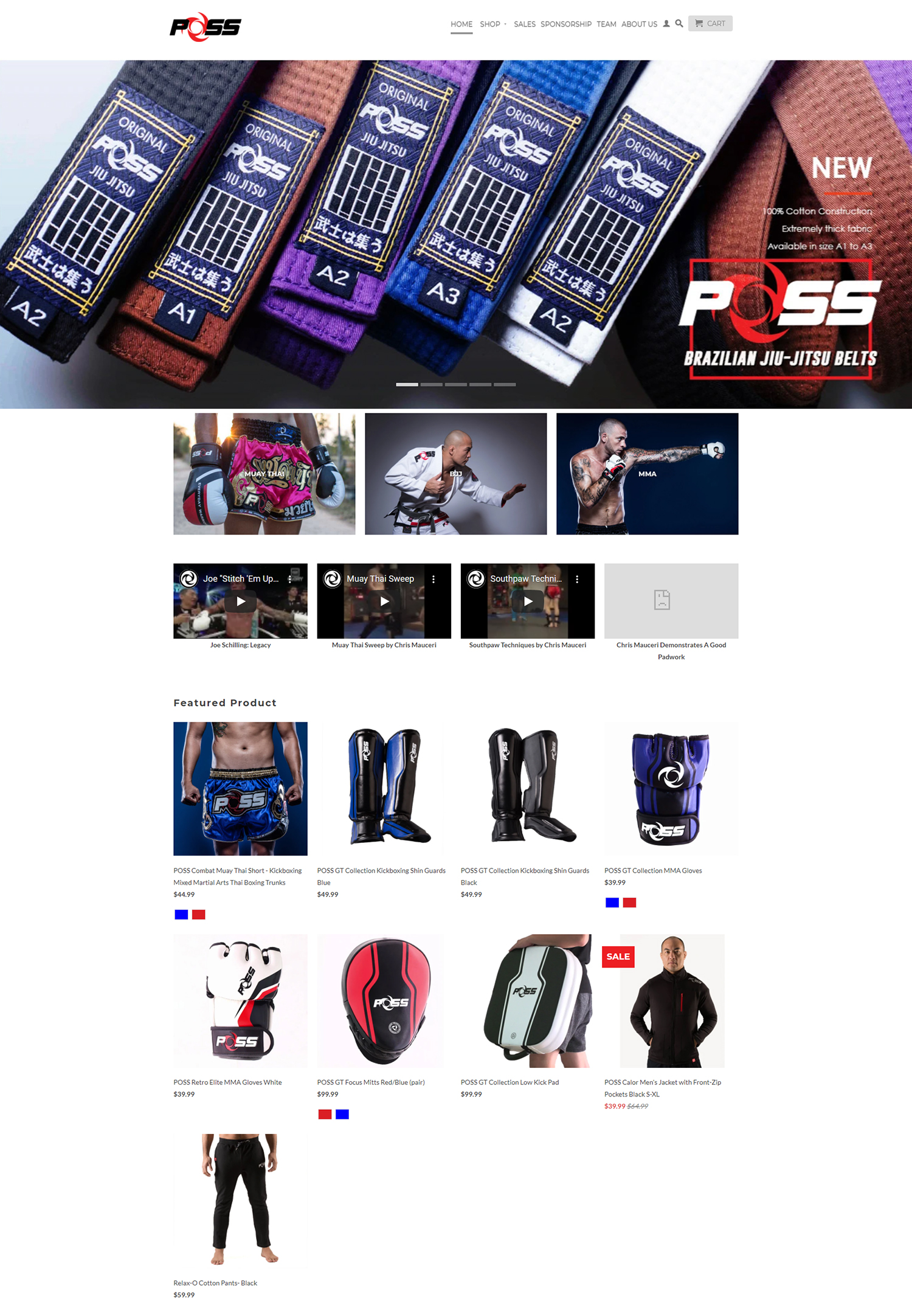Geo-targeting is a crucial strategy for ad campaigns that allows businesses to reach their target audience based on their location. By tailoring advertisements to specific geographic areas, businesses can ensure that their message is reaching the right people at the right time. In this blog post, we will explore the importance of geo-targeting in ad campaigns and provide tips and techniques for implementing effective geo-targeting strategies.
Understanding the Importance of Geo-Targeting in Ad Campaigns
Geo-targeting refers to the practice of delivering ads to individuals based on their geographic location. This strategy is important because it allows businesses to reach their target audience more effectively. By targeting specific locations, businesses can ensure that their ads are relevant to the people who are most likely to be interested in their products or services.
One of the key benefits of geo-targeting is that it allows businesses to maximize their advertising budget by focusing on areas where they are most likely to see a return on investment. For example, a local restaurant may choose to target ads only to people within a certain radius of their location, ensuring that they are reaching potential customers who are likely to visit their establishment.
There have been many successful examples of geo-targeted ad campaigns. For instance, a clothing retailer may run a campaign targeting individuals in colder climates with ads featuring winter clothing, while simultaneously running a separate campaign targeting individuals in warmer climates with ads featuring summer clothing. This level of customization allows businesses to tailor their message to specific audiences and increase the effectiveness of their ad campaigns.
How to Identify the Right Target Audience for Your Ad Campaign
Before implementing a geo-targeting strategy, it is important to identify the right target audience for your ad campaign. Audience segmentation is a crucial step in this process, as it allows businesses to divide their target market into smaller, more manageable groups based on demographics, interests, and behaviors.
When identifying the target audience for your ad campaign, there are several factors to consider. First, consider the demographics of your ideal customer. This includes factors such as age, gender, income level, and occupation. Next, think about the psychographics of your target audience, such as their interests, hobbies, and values. Finally, consider the behaviors of your target audience, such as their purchasing habits and online activity.
There are several tools and techniques available for audience research. One popular tool is Google Analytics, which provides valuable insights into the demographics and interests of your website visitors. Social media platforms also offer audience insights that can help businesses better understand their target audience. Additionally, conducting surveys and interviews with existing customers can provide valuable information about their preferences and behaviors.
Leveraging Geo-Targeting to Increase Ad Campaign Effectiveness
Geo-targeting works by using IP addresses or GPS data to determine a user’s location and deliver ads that are relevant to that location. There are several types of geo-targeting that businesses can utilize to increase the effectiveness of their ad campaigns.
One type of geo-targeting is location-based targeting, which allows businesses to target ads to specific geographic areas such as cities, states, or countries. This is particularly useful for businesses with physical locations or those looking to target specific markets.
Another type of geo-targeting is proximity targeting, which allows businesses to target ads to individuals who are within a certain distance of a specific location. This is useful for businesses looking to drive foot traffic to their physical locations or promote events in a specific area.
There have been many examples of effective geo-targeted ad campaigns. For example, a fast-food chain may run a campaign targeting individuals within a certain radius of their locations with ads promoting a limited-time offer. By targeting individuals who are in close proximity to their restaurants, they can increase the likelihood of attracting customers who are more likely to make a purchase.
Best Practices for Geo-Targeting in Ad Campaigns
To create effective geo-targeted ad campaigns, there are several best practices to keep in mind. First, it is important to research and understand your target audience’s preferences and behaviors in each geographic area you are targeting. This will allow you to tailor your message and creative to resonate with each specific audience.
Another best practice is to create separate campaigns for each geographic area you are targeting. This will allow you to customize your message and creative for each specific audience, increasing the effectiveness of your ad campaigns.
It is also important to regularly test and optimize your geo-targeted ad campaigns. This can involve testing different geographic areas, messaging, creative, and targeting parameters to determine what works best for your target audience.
When implementing geo-targeting strategies, there are also some dos and don’ts to keep in mind. Do use location-specific language and imagery in your ads to make them more relevant to the target audience. Don’t assume that all individuals within a specific geographic area have the same preferences or behaviors. It is important to conduct research and understand the nuances of each specific market.
Geo-Targeting Techniques to Enhance Ad Campaign Performance
In addition to the basic techniques mentioned earlier, there are advanced techniques that businesses can utilize to enhance the performance of their geo-targeted ad campaigns.
One advanced technique is dynamic geo-targeting, which allows businesses to customize their ad content based on the user’s location. For example, a travel agency may run a campaign targeting individuals in different cities with ads featuring vacation packages tailored to their specific location.
Another advanced technique is cross-device geo-targeting, which allows businesses to target individuals across multiple devices based on their location. This is particularly useful for businesses looking to reach individuals who may be using different devices throughout the day.
There are also several tools and platforms available for advanced geo-targeting. For example, Facebook offers advanced targeting options that allow businesses to target ads based on location, demographics, interests, and behaviors. Google Ads also offers advanced geo-targeting options, including the ability to target ads to specific geographic areas or exclude certain areas from your targeting.
Advanced Geo-Targeting Strategies for Ad Campaigns
In addition to the advanced techniques mentioned earlier, there are several strategies that businesses can utilize to enhance the effectiveness of their geo-targeted ad campaigns.
One strategy is customizing ad content based on location. This can involve using location-specific language and imagery in your ads to make them more relevant to the target audience. For example, a clothing retailer may run a campaign targeting individuals in different cities with ads featuring clothing items that are popular in each specific location.
Another strategy is combining geo-targeting with other targeting methods. For example, businesses can combine geo-targeting with demographic targeting to reach individuals in specific locations who also fit a certain demographic profile. This can help businesses ensure that their ads are reaching the right people at the right time.
Using real-time data for geo-targeting is another effective strategy. By leveraging real-time data, businesses can deliver ads to individuals based on their current location or behavior. For example, a food delivery service may run a campaign targeting individuals who are currently in a specific area with ads promoting a discount on their first order.
How to Measure the Success of Your Geo-Targeted Ad Campaigns
Measuring the success of your geo-targeted ad campaigns is crucial for optimizing performance and maximizing return on investment. There are several metrics that businesses should track when measuring the success of their ad campaigns.
One important metric to track is click-through rate (CTR), which measures the percentage of people who click on your ad after seeing it. A high CTR indicates that your ad is resonating with your target audience and driving engagement.
Another important metric is conversion rate, which measures the percentage of people who take a desired action after clicking on your ad. This could be making a purchase, filling out a form, or signing up for a newsletter. A high conversion rate indicates that your ad is effectively driving action from your target audience.
There are several tools and platforms available for measuring the performance of your ad campaigns. Google Analytics is a popular tool that provides valuable insights into the performance of your website and ad campaigns. Facebook Ads Manager also offers robust reporting features that allow businesses to track the performance of their Facebook ad campaigns.
It is important to analyze and optimize your ad campaigns based on the data you collect. This can involve making adjustments to your targeting parameters, messaging, creative, or landing pages to improve performance and maximize return on investment.
Overcoming Common Challenges in Geo-Targeting for Ad Campaigns
While geo-targeting can be a highly effective strategy for ad campaigns, there are some common challenges that businesses may face.
One common challenge is reaching specific locations or demographics. Some areas may have limited internet access or low smartphone penetration, making it difficult to reach individuals in those areas with digital ads. Additionally, certain demographics may be more difficult to reach through digital channels, requiring businesses to explore alternative advertising methods.
To overcome these challenges, businesses can consider using alternative advertising methods such as print ads, radio ads, or direct mail. These methods can be effective for reaching specific locations or demographics that may be more difficult to reach through digital channels.
Another challenge is ensuring that your ads are being delivered accurately and effectively. It is important to regularly monitor and optimize your ad campaigns to ensure that they are reaching the right people at the right time. This can involve adjusting your targeting parameters, messaging, creative, or landing pages based on the data you collect.
Future Trends in Geo-Targeting for Ad Campaigns
The future of geo-targeting in ad campaigns looks promising, with emerging technologies and platforms offering new opportunities for businesses to reach their target audience.
One emerging technology is augmented reality (AR), which allows businesses to overlay digital content onto the real world. This technology has the potential to revolutionize geo-targeting by allowing businesses to deliver highly targeted and personalized ads based on the user’s location and context.
Another emerging trend is the use of artificial intelligence (AI) in ad targeting. AI can analyze large amounts of data to identify patterns and trends, allowing businesses to deliver more relevant and personalized ads to their target audience.
It is important for businesses to stay up-to-date with the latest trends in geo-targeting to ensure that they are maximizing the effectiveness of their ad campaigns. By staying ahead of the curve, businesses can take advantage of new technologies and platforms to reach their target audience more effectively.
Geo-targeting is a powerful strategy for ad campaigns that allows businesses to reach their target audience based on their location. By tailoring advertisements to specific geographic areas, businesses can ensure that their message is reaching the right people at the right time. In this blog post, we have explored the importance of geo-targeting in ad campaigns and provided tips and techniques for implementing effective geo-targeting strategies. By following these best practices and staying up-to-date with the latest trends in geo-targeting, businesses can maximize the effectiveness of their ad campaigns and drive better results.
If you’re interested in learning more about geo-targeting strategies in ad campaigns, you may also find this article on “How to Drive Traffic to Your Website in 2021” helpful. It provides valuable insights and tips on how to effectively attract and engage your target audience through various digital marketing techniques. Check it out here.
FAQs
What is geo-targeting?
Geo-targeting is a marketing strategy that involves delivering content or advertisements to a specific audience based on their geographic location.
Why is geo-targeting important in ad campaigns?
Geo-targeting is important in ad campaigns because it allows advertisers to reach their target audience more effectively by delivering relevant content to users in specific locations.
What are the benefits of using geo-targeting in ad campaigns?
The benefits of using geo-targeting in ad campaigns include increased relevance and engagement, improved conversion rates, and better ROI.
What are some common geo-targeting strategies used in ad campaigns?
Some common geo-targeting strategies used in ad campaigns include targeting users based on their IP address, GPS location, zip code, city, state, or country.
How can businesses implement geo-targeting in their ad campaigns?
Businesses can implement geo-targeting in their ad campaigns by using tools such as Google AdWords, Facebook Ads, or other ad platforms that offer geo-targeting options. They can also work with a digital marketing agency that specializes in geo-targeting strategies.
What are some best practices for using geo-targeting in ad campaigns?
Some best practices for using geo-targeting in ad campaigns include understanding your target audience, using relevant keywords and ad copy, testing different targeting options, and monitoring and adjusting your campaigns regularly.





























